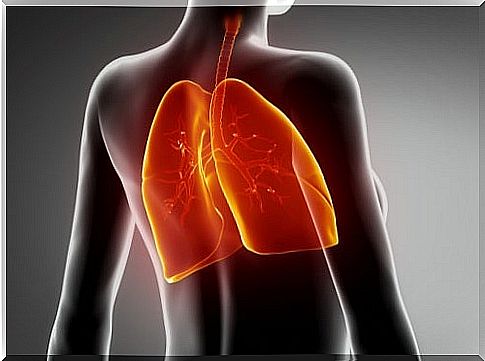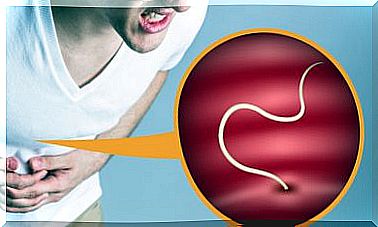Cystic Fibrosis: What Is It?
Cystic fibrosis is a chronic and inherited disease that is a serious health problem for those who suffer from it. It is a disease that affects both the lungs and the digestive system more seriously.
It is a disease that currently affects more than 30,000 children and young adults in the United States. In our country, it is estimated that the incidence of cystic fibrosis is one case every 5,000 live births. In addition, one in every 35 inhabitants are healthy carriers of the disease. Will you accompany us to discover everything about this disease?
Cystic fibrosis
It is characterized by an alteration in the function of epithelial cells. These cells are the ones that make up the sweat glands and those that line the interior of the airways and ducts within the lungs, liver, pancreas, and the digestive and reproductive systems.
Furthermore, scientists do not know exactly why the cystic fibrosis gene evolved in humans. Some evidence suggests that it helped protect past generations who suffered from cholera.
Today, thanks to high-tech medical advances in pharmacology and genetics, children born with cystic fibrosis have a longer life expectancy than in the past. In addition, based on the research that has been carried out over the last 10 years, it is hoped that the disease can be cured in the future.
How does cystic fibrosis develop?

As already mentioned, cystic fibrosis consists of a genetic alteration that affects the areas of the body that produce secretions, resulting in a thickening and decrease in the content of water, sodium and potassium.
This situation causes the obstruction of the channels that transport these secretions and a stagnation that produces infections and inflammations mainly in:
- Lung
- Liver
- Pancreas
- Reproductive system
The obstruction occurs because the cystic fibrosis gene causes the body’s epithelial cells to synthesize a protein called the defective cystic fibrosis transmembrane conductance regulator (CFTR).
Thus, when this protein is defective, epithelial cells cannot regulate the way chloride passes through membranes. This situation alters the fundamental balance between water and salt necessary to maintain a thin layer of fluid and mucus covering the interior of the previously named organs and systems.
Therefore, the mucus found inside the affected organs and systems thickens and thickens, making its expulsion and displacement very difficult.
Symptoms
It is important to note that people who carry the cystic fibrosis gene do not have symptoms. However, they can pass it on to their offspring.
In patients who do develop symptoms, these may be different depending on the severity of the disease. Even in the same person, symptoms can get worse or better over time. For example, in some cases they do not begin to manifest until adolescence or adulthood.
A common symptom in all patients with cystic fibrosis is the presence of more salt in the sweat. On the other hand, since the lungs and the digestive system are the most affected, we can divide the symptoms according to whether they affect one or the other.
1. Pulmonary symptoms
The main characteristic that affects the lungs due to this disease is the increase in mucus, as well as its thickness and stickiness. As these properties are increased, the airways are obstructed and air has difficulty passing in and out of the lungs. This situation can cause the following:
- Persistent cough with sputum
- Feeling of suffocation
- Wheezing
- Recurrent lung infections
- Among other
2. Symptoms of the digestive system

As in the previous case, the mucus also increases in thickness with the consequent obstruction of the pathways that carry digestive enzymes from the pancreas to the small intestine.
By not reaching the enzymes, the intestine is not able to absorb the necessary nutrients for our diet. As a consequence, the following may appear:
- Foul smelling and greasy stools
- Intestinal obstruction, especially in newborns
- Constipation
- Problems gaining weight and growing your child
Treatment
Despite the fact that cystic fibrosis today has no cure, there are a series of measures that make the life expectancy of the patient longer than in the past. Therefore, the treatment of this disease is based on three fundamental pillars.
First, proper nutrition must be carried out that is supplemented with the necessary pancreatic enzymes to be able to absorb the nutrients properly.
Second, drugs indicated for respiratory infections and inflammations can help a person with cystic fibrosis increase their quality of life.
Finally, it is advisable to perform physical therapy in order to eliminate the accumulation of mucus and maintain adequate lung function.
Curing cystic fibrosis is currently not possible, but it is possible to improve the quality of life of those who suffer from this disease. Consult with your doctor to establish the most appropriate measures so that you or whoever suffers it can enjoy a healthy and happy life.








